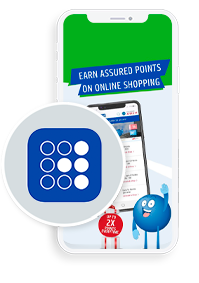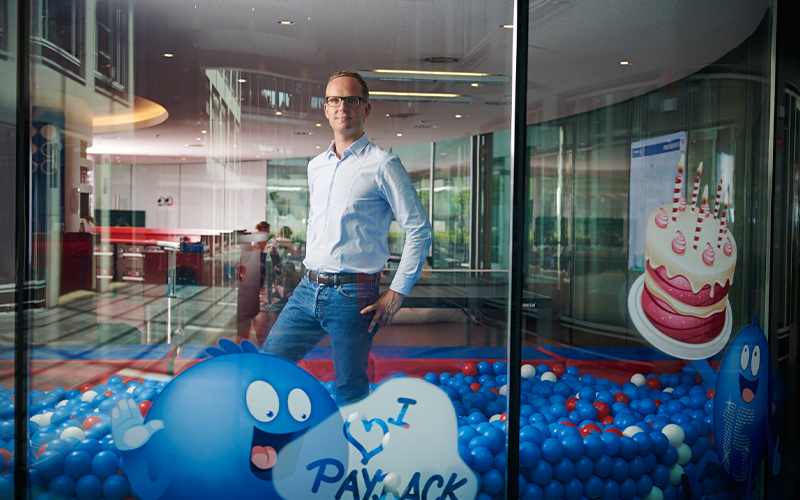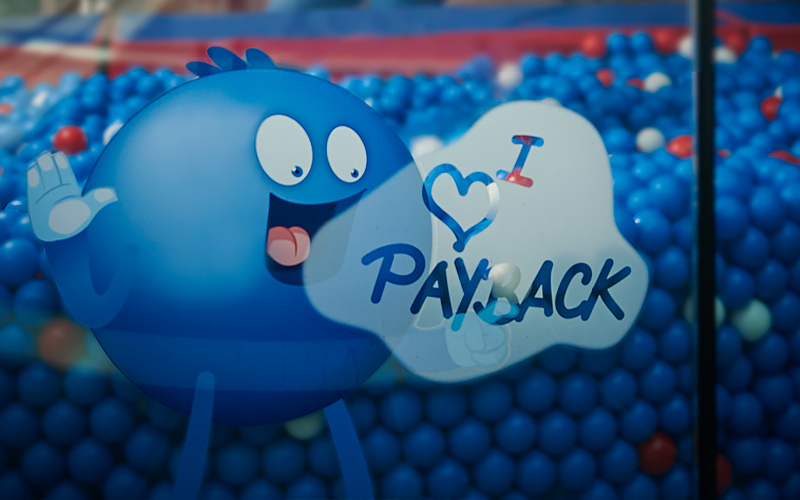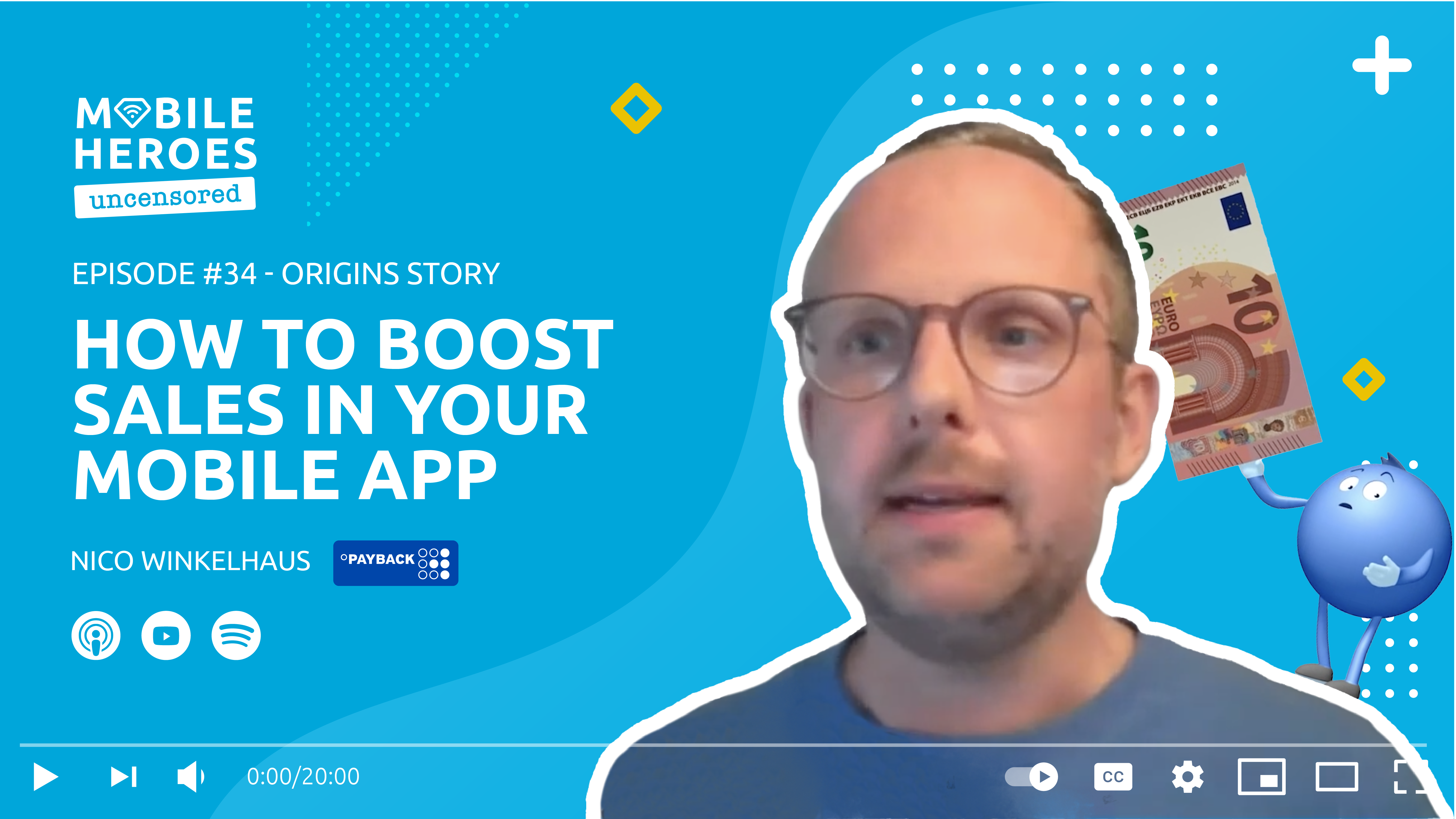Q&A with Nico
Nico Winkelhaus is Director of Digital Marketing at PAYBACK. Over the last 10 years, Nico honed his digital marketing expertise at top media companies like ProSiebenSat1 and Condé Nast. At 15, Nico founded one of Germany's first online gaming magazines—mainly to get PC games for free (a top priority as a teenager!) Nico now leads a team of 50 that focuses on growing and monetizing PAYBACK’s digital reach.
In your own words, tell us about the app(s) that you manage?
PAYBACK is one of the top 3 shopping apps in Germany with over 7 million monthly active users (MAUs). The app enables users to collect loyalty points, activate coupons, and make payments on their smartphones. Users can use PAYBACK at over 40 brick & mortar shops and more than 600 online shops.
My team covers various parts of performance marketing including customer relationship management (CRM), offers and content campaign management.
How did you get started in mobile marketing?
I got started in mobile marketing right when the ringtone business peaked. Ouch! At that time—around 2005—mobile marketing made up less than 20% of my job description. When I switched industries from media to loyalty/e-commerce in 2015, mobile became over 80% of my job. At PAYBACK, the app plays a key role in digitizing the loyalty program, particularly by offering digital services at the brick & mortar point of sale.
What do you like most about mobile marketing?
I like how dynamic mobile marketing can be. Every 2-4 years, some disruption or change proves to be a complete gamechanger. I also like that the industry is anchored in hardware that billions of people use daily.
What do you see as the next big thing in mobile marketing?
I would bet on increased data restrictions and more measurement challenges. I imagine Google will implement restrictions in data-tracking, and targeting. We should also expect more initiatives in Europe—like the Digital Service Act—that increase regulations on platforms and data-driven advertising. This means that mobile app marketers will need to learn about new areas like consent management.
Just a few years ago, users could opt out of cookies and mobile ad IDs, but only a fraction did. But now, we are moving to an “opt-in-world.” As digital reach grows, the importance of user consent grows too. You must be flexible when dealing with these changes and new ones in the data ecosystem.
What strategies work best to convert installs into engaged app users?
Understand the key drivers of app engagement based on your data. Pay attention to user events—from first use through subsequent steps in the user funnel. Conduct A/B tests to predict where in the funnel you will see higher app engagement.
What advice can you offer marketers to successfully re-engage mobile app users?
Re-engagement KPIs are promising, especially if you are only using last-touch attribution. But it’s also important to get a sense of the incremental effects. I recommend comparing your media channels and re-engagement campaigns with control groups.
What’s your top tip when it comes to mobile ad creative?
Do not rest—test. You have to look ahead. Be willing to change up an ideal ad creative that performs after 1-2 years. In my experience, A/B testing always leads to a 10-30% uplift if you haven’t tested an element (creative set, conversion funnel, etc) for a long time.
What advice can you offer to help marketers combat mobile ad fraud?
To combat mobile ad fraud, you need to see it as a holistic challenge within the company. Do not just rely on tools to help. You will need the support of internal data analysts and your tech team to understand and fight fraud.
What are your top 3 go-to resources for keeping up with the mobile ad tech industry?
I enjoy Benedict Evan’s newsletter. His writing style is compact and to the point—very efficient. I am also happy to join more in-person events after COVID. Mobile app marketing events (e.g. App Promotion Summit) with “fireside chats” are where I learn most. It’s also a great way to build a network. And of course—Mobile Heroes!






















